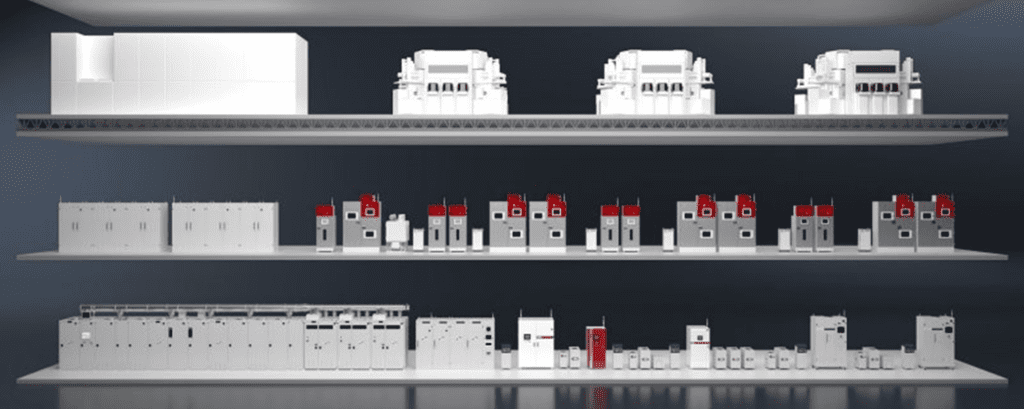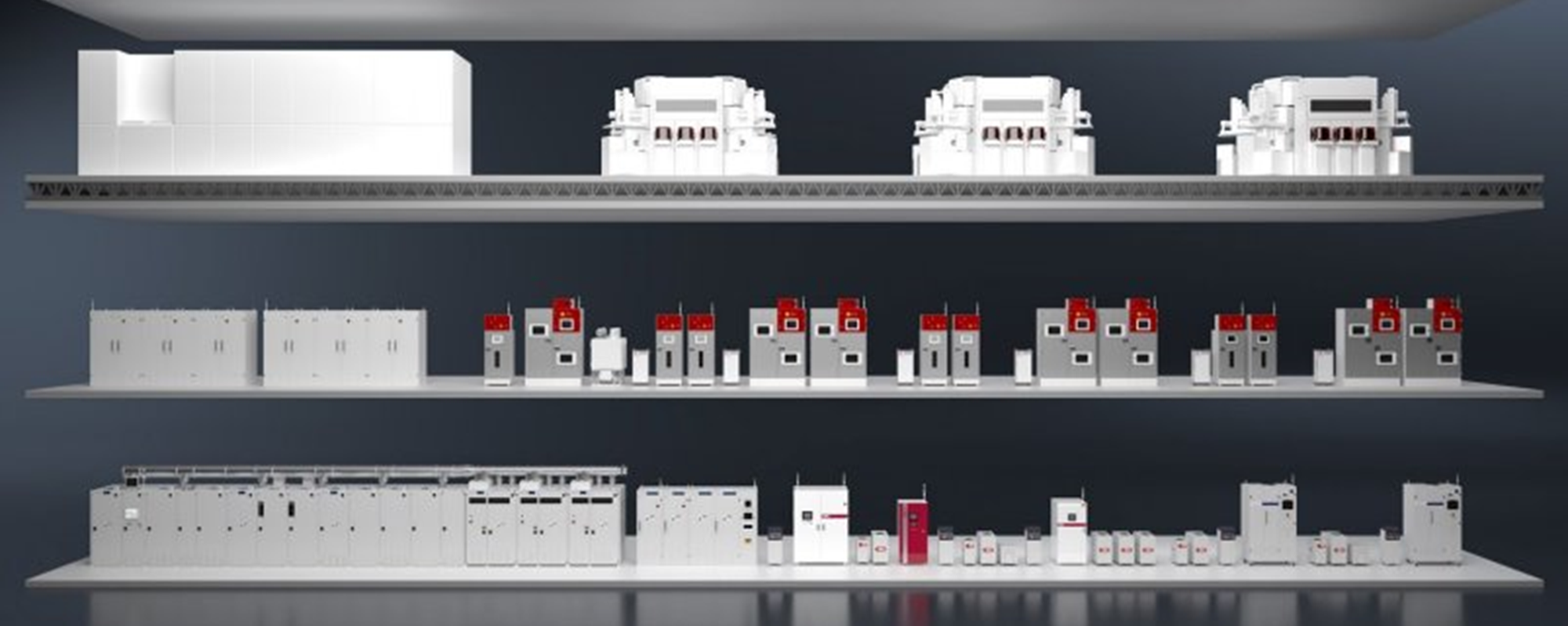To meet the requirements of next generation devices, chipmakers are developing processes that use new materials, run at lower or higher temperatures and at different pressure regimes. New etch processes for 3D NAND, for example, are run at cryogenic temperatures, and new precursors for chemical vapor deposition (CVD) and atomic layer deposition (ALD) include a variety of metalorganic sources. At the same time, companies are increasing their scrutiny of energy consumption and sustainability goals.
These trends are creating new challenges for the equipment in the subfab, particularly vacuum pumps and gas abatements systems that must now handle new types of materials and their process byproducts, and at greater volumes. “The range of CVD precursor materials and reaction by-products prone to condense in process chamber vacuum systems is expanding,” said Neil Garland, VP marketing, Dry Pumps at Edwards.

Another trend is that a smaller proportion of the chemicals and precursors that go into the process chamber actually end up on the wafer. “Therefore, more goes out of the chamber into the vacuum system and the abatement system,” Garland said. “We are getting nastier stuff and more of it.”
Huge megafabs are now under construction in the U.S. and around the world, but space is still at a premium, particularly in the subfab. “Demands for higher throughput are leading manufacturers to run more chambers per tool, providing less space in the subfab,” Garland said. “Following the convention that supporting systems must fit within the shadow of the process tool as projected down to the subfab, pumps and abatement must also fit in less space while handling increased flows.”
Energy consumption and sustainability are now a higher priority for chipmakers and this also impacts the design of tools and systems in the subfab. “Manufacturers are demanding more energy efficient systems, often for the simple reason that it reduces operating costs, with a sustainability aspect secondary to this,” Garland said.
New challenges, new solutions
Vacuum pump suppliers are working to adapt. “We thought we covered every conceivable angle with a pump that runs at about 190 degrees, but now we are looking at products that are going to have to run hotter than that. And in some instances, pumps are going to have to run a lot cooler to minimize corrosion issues as well,” Garland said.
Colin Reid, VP marketing, Abatement and Integrated Systems, at Edwards, said the new processes and materials are creating challenges on the gas abatement side as well. “Post vacuum pump, it’s really about management of our byproducts, keeping the fab safe and free from the challenges that those byproducts bring to the fab. Obviously, being certified to local environmental specifications is an important aspect as well.
Edwards offers Smart Thermal Management Solutions (TMS) that provide reliable and accurately controlled heating of forelines and process exhaust pipes to prevent blockage by condensed by-products or residual process materials. Reid said, 30 years ago, TMS at 120ºC was the norm. “Now it’s double that temperature, even on the atmospheric side.”
Reid said finding solutions to new challenges often comes with vital support from the Edwards on-site teams. “We’ll do our best to give the customer a solution based on what the chamber process gases are and what we believe will happen to that gas or precursor as it moves through the foreline and exhaust pipeline. Having our service / applications teams in the sub-fab monitoring our product performance is very important to us,” he said. “Once we see what’s going on, we have the ability to react really quickly to actually make sure we give the customer the uptime and performance that they need.
“We do a lot of theory and applications work. Having the ability to go in and witness a problem that we weren’t expecting — or a scenario happening a lot faster than we thought it would — we can then make some changes,” Reid continued. “The product solution has to be right, and our on-site team in the sub-fab must work exceptionally well, working closely with the customer to ensure all their outcomes are met.”
